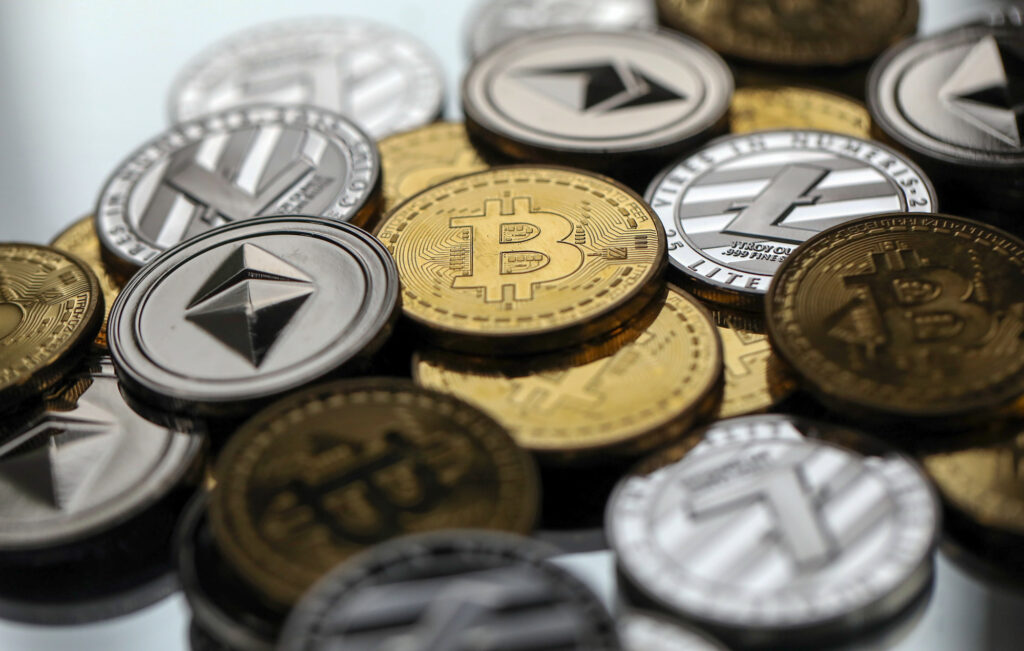In an unexpected move, PayPal, operating under the trust charter held by its partner Paxos from the New York Department of Financial Services since 2015, introduced what Paxos heralded as the first regulated stablecoin in the U.S. This action drew sharp criticism from US Representative Maxine Waters, who chastised PayPal for preempting the deliberations of her colleagues in Congress. The echoes of this controversy reverberated back to the backlash against Facebook’s ill-fated stablecoin, Libra, four years prior.
The backlash against PayPal’s manoeuvre raises concerns about the fate of the House stablecoin bill, which managed to pass the committee under the leadership of Financial Services Committee Chair Patrick McHenry. With opposition from the White House already in play, the bill’s prospects appear uncertain. Nonetheless, mounting pressure on the federal government to support such initiatives, spurred by both domestic and international developments, seems to safeguard PayPal’s position.
As the US Congress, riven by divisions, gears up for a crucial vote on a proposed bill that could potentially regulate stablecoins, it is imperative to consider the substantial head start that other jurisdictions have gained in this process. This divergence in regulatory progress raises questions about the United States’ position and its potential impact on the future role of the dollar in the realm of currency and finance.
The Monetary Authority of Singapore has recently unveiled a comprehensive regulatory framework for stablecoins, introducing several guidelines including minimum capital requirements for issuers. This initiative has not only brought clarity to the regulatory landscape but has also positioned Singapore as a crypto-friendly hub for the burgeoning popularity of these digital payment instruments.
Singapore also witnessed the launch of stablecoins tied to the Swiss franc and the euro, orchestrated by former Singaporean parliamentarian Calvin Cheng. Operating through Anchored Coins, Cheng’s company, registered in Zug, Switzerland, holds a license from the country’s self-regulatory body, VQF, and is authorized to issue these stablecoins in accordance with regulations established by the Swiss Financial Market Supervisory Authority (FINMA).
Meanwhile, Bermuda has been ahead of the curve with its licensing system for digital asset companies since 2018. In a significant move, the Bermuda Monetary Authority granted the first license to Jewel Bank in December 2022, paving the way for the issuance of JUSD, a stablecoin backed by the U.S. dollar.
Dubai entered the scene by establishing a set of rules for stablecoin issuance through the formation of the Emirate’s Virtual Assets Regulatory Authority (VARA) in March 2022.
In Canada, the Canadian Securities Administrators issued guidance in February, focusing on regulated crypto exchanges and setting standards for stablecoin listings. This proactive approach aims to ensure compliance with custodial arrangements, reserve management, and audits. While some uncertainties about securities laws remain, Alex McDougall, CEO of QCAD-issuer Stablecorp, characterizes the process as collaborative rather than adversarial.
Nevertheless, the global landscape underscores the importance of constructive action on stablecoin regulation. Despite the strong demand for dollar-backed stablecoins like Circle’s USDC and Tether’s USDT, it is vital to recognize that the “American opportunity” to lead a worldwide “crypto dollar surge” hinges on obtaining official approval from Washington.
While the US remains in a state of regulatory limbo, other nations are capitalizing on their regulatory advantage to establish themselves in this evolving sector. This raises concerns for US policymakers tasked with safeguarding the nation’s interests on a global scale. Although the rise of a Swiss-issued, euro-backed stablecoin might not significantly impact the dollar’s market share, the real concern lies in the potential for nations like China to exploit this vacuum. China’s collaborative efforts with allies on dollar-bypassing crypto solutions for international trade could have far-reaching consequences.
The current scenario presents both opportunities and challenges for the United States in the realm of stablecoins. On one hand, squandering the chance to spearhead open-access protocols and capitalize on the natural demand for dollars could lead to a missed chance for global financial domination. Conversely, if the legislative process is prolonged, it could perpetuate an existing system of Washington-regulated and Wall Street-managed surveillance, adding unnecessary costs and barriers to financial access for individuals worldwide.
Ultimately, the decision-making process surrounding US stablecoins carries implications that stretch far beyond domestic borders. As other countries take decisive steps forward, the US faces the challenge of delicate balancing between innovation, regulation, and maintaining its financial leadership role in the world. (IPA Service)




 Bengal BJP Leaders Trying Their Best To Retain Dhupguri On Sept 5 By Poll
Bengal BJP Leaders Trying Their Best To Retain Dhupguri On Sept 5 By Poll 